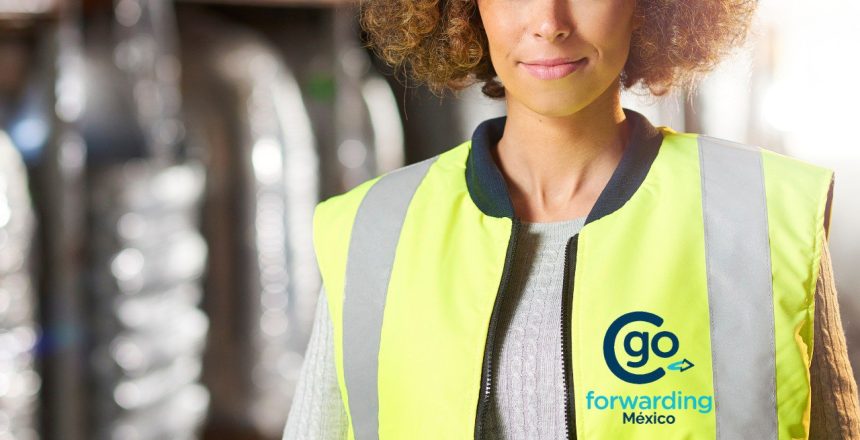We understand that navigating customs regulations and shipping processes between Mexico and the United States can be overwhelming. However, we’re here to help you simplify the process. In this article, we’ll take you through everything you need to know about Mexico-U.S. customs regulations and how to deal with them.
Simplifying the Mexico-U.S.S. customs regulations process
Documentation
Customs documentation is essential, and having the right paperwork is crucial. You will need documents like the commercial invoice, bill of lading, packing list, and import/export license. These documents help customs authorities verify the goods and ensure compliance with regulations.
Fees
Tariffs and obligations involved in Mexico-U.S. customs regulations can have a big impact on your shipping costs. Charges imposed by the importing country are based on factors like the type of goods, their value, and where they come from. However, under the United States-Mexico-Canada Agreement (USMCA), some goods can qualify for reduced or zero tariffs. It’s important to understand the rules of origin and eligibility criteria outlined in the USMCA to save some money.
Customs Brokers
Customs brokers exist to help you navigate the customs maze. These professionals know everything about customs regulations and can make your life a whole lot easier. They’ll help you prepare and submit the required documentation, ensure compliance with regulations, and smooth out the customs clearance process in general.
Transport Options
Once you have your Mexico-U.S. customs regulations paperwork sorted, it’s time to think about the best way to transport your goods. There are several options to choose from:
- Road Freight: This option is flexible and accessible, allowing direct transportation between locations with relatively quick transit times.
- Rail Freight: Rail freight is perfect for large-volume shipments that aren’t time-sensitive. It’s cost-effective and gets the job done.
- Air Freight: Air freight is your best bet if you’re in a hurry. It’s fast and ideal for urgent shipments or high-value goods that need to get there quickly.
- Ocean Freight: If you’re all about cost efficiency, ocean freight is the way to go. It’s great for large shipments and non-time-sensitive cargo.
When choosing the transport method that suits your needs best, consider factors like cost, transit time, cargo size, and urgency.
Common Challenges in Mexico-U.S.S. customs regulations
Shipping goods across borders isn’t always simple, but it doesn’t have to be the hardest thing ever. Here are some tips to help you overcome common challenges
- Customs Inspections: To minimize the risk of inspections, make sure all your documentation is accurate and complete. Working with a reputable customs broker can also make the inspection process easier.
- Language Barriers: Dealing with customs authorities in a foreign language can be tricky. Bilingual employees can be helpful, and working with a bilingual customs broker can help bridge the communication gap.
- Compliance with Regulations: Customs regulations can change, so it’s important to stay updated. Review and adapt your processes regularly to keep up with the latest requirements.
By tackling these challenges head-on, you’ll be well-prepared to navigate the Mexico-U.S. customs regulations process. And if you need a trustworthy customs broker, don’t hesitate to contact us! We would be thrilled to work with you.
Web: cgoforwarding.com
IG: @cgoforwarding
LinkedIn: CGO Forwarding México

